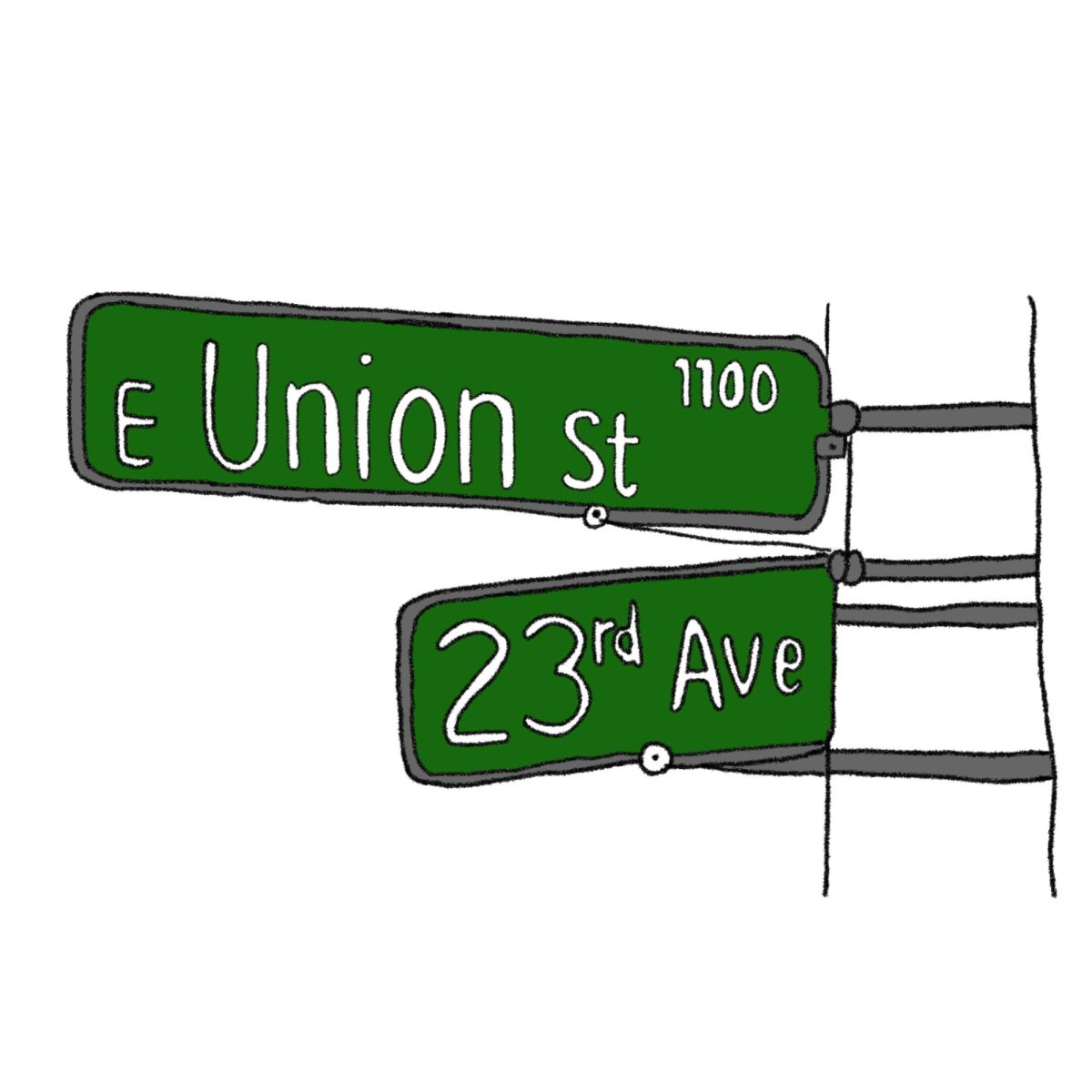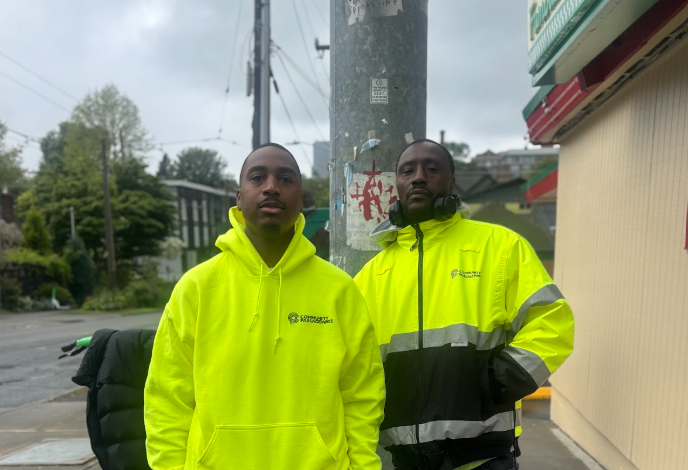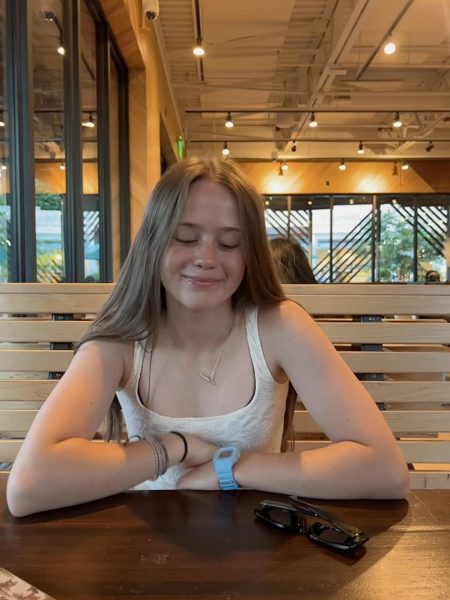Most colleges that offer early decision claim to provide equal admittance opportunities to all students—but many Bulldogs argue that applying early isn’t a decision that everyone can make.
As the first round of application deadlines approaches, the majority of Garfield’s seniors are scrambling to fill out the Common App, write jaw-dropping supplemental essays, and make their extracurriculars sound ten times cooler than they actually are —but according to Garfield Counselor Daniel Lee, these high-achieving students tend to have built-in support systems and advantages that other students may not have access to.
After the effects of the Pandemic, the public has reached more of a consensus on the deep-rooted inequity of college applications in America —that socioeconomic differences present some of the biggest challenges to non-white, lower income high school students looking to apply to college. “I think in general, students that are applying Early Decision and Early Action tend to be wealthier white students or Asian students,” Lee said. It is no surprise that almost half of all early decision college applications belong to upper class students. “Many of these students have college counselors to keep them on track and organized,” Lee said. There’s more to it than the actual price of attendance; hiring individual college counselors, organizing trips to visit colleges, and paying application fees can easily be enough to deter families from the process altogether, Lee explained.
On top of financial disparities, students with college-graduate family members have a natural leg-up on first-gen students. “I think the built-in knowledge of having parents that went to college is a huge advantage,” Lee said. “So many of our low-income students, students of color, and our black and brown students don’t necessarily have that built into their family structures.” From filling out financial aid forms to discussing what you want out of the college experience, having a family member who’s gone through the process can make college applications seem much more approachable.
All of this, combined with other inequitable programs, such as direct admissions (admittance based on grades and test scores) and legacy admissions (admittance based on alumni relations) can make it more difficult for disadvantaged students looking for post-graduation education. Lee explains that with all these barriers to navigate, it’s common for students to feel like they have no options—which is exactly what the counselors at Garfield can assist with. “If you need help, please reach out, because we know that students who are not likely to reach out are the students that need it most,” Lee said. Various Garfield-related programs, such as College Possible, provide college guidance to a substantial portion of Bulldogs every year. “Programs like College Possible are really good about supporting students in their goals … whether that’s filling out a college application, or even partnering with us to do financial aid nights and workshop events,” Lee said.
As a socioeconomically diverse school catering to a wide variety of post-high-school student goals, Garfield continues to acknowledge and combat current inequities within the college application system, paving the way for other schools to advocate for equal opportunities.









